Modern tipping operations demand high-quality hydraulic systems. You’ll need properly matched components working together to lift heavy loads reliably day after day.
How tipping systems operate
Your lorry’s engine drives a power take-off unit mounted to the gearbox. PTOs engage pneumatically, spinning hydraulic pumps that pressurise fluid for cylinder operation.
Nine-piston pumps handle most tipping applications efficiently. Lower displacement units like 85-litre models balance power consumption with lifting speed requirements.
Single line versus complex configurations
Basic tipping gear setups use single-line plumbing. Fluid flows from the pump to the valve to the cylinder, returning directly to the tank after work completion.
You might need additional circuits for auxiliary functions. Split systems let you operate tipping gear independently from other hydraulic equipment on your chassis.
Related product: Hydraulic Wet Kit Tipping IVECO S WAY STRALIS MAN TGA TGX DAF CF XF
Pump specifications matter
Bi-directional pumps offer installation flexibility regardless of engine rotation, with working pressures around 250 BAR handling standard tipping cylinders without stress.
Maximum ratings reach 350 BAR for safety margins. Running pumps at 1300 RPM maximum prevents cavitation and extends component life significantly.
Valve technology for tipping control
Normally closed directional valves prevent accidental cylinder movement. Pneumatic actuation ties into your existing air brake system for simplified control integration.
Flow ratings must match the pump output for smooth operation. 140 litres per minute capacity handles typical 85-litre pump outputs with headroom remaining.
Tank design influences performance
Aluminium construction saves weight compared to steel alternatives. Internal baffles prevent fluid aeration during cornering and braking manoeuvres on site.
Return line connections require careful positioning. Upper tank entries reduce foaming, and lower suction points ensure pumps never starve for fluid.
Related product: Hydraulic Wet Kit Tipping IVECO S WAY STRALIS MAN TGX TGA DAF CF XF
Filtration protects your investment
25-micron elements trap contamination before damage occurs. Internal tank filters simplify maintenance compared to external units, which require separate mounting brackets.
Breather caps do double duty. Air exchange prevents vacuum formation, and integral filters stop airborne particles from entering your hydraulic fluid supply.
Control interface options
Cab-mounted units integrate multiple functions into compact packages. PTO engagement switches include confirmation circuits verifying clutch engagement before pump operation begins.
LED indicators provide system status at a glance. Separate buttons for raising and lowering give precise load control during tipping sequences.
Matching components to lorry models
Euro 6 engines require specific PTO configurations. Emissions equipment packaging affects mounting locations, adapter plates bridge compatibility gaps between generations.
Gearbox variants determine shaft lengths and spline counts. 248mm and 270mm measurements cover most applications, so verify your specification before component selection.
Maintenance extends service life
Regular fluid analysis detects wear particles before catastrophic failures. Water contamination shows a milky appearance, demanding immediate system flushing procedures.
Seal replacement intervals depend on duty cycles. High-frequency tipping operations accelerate wear compared to occasional use patterns typical of general haulage.
Performance optimisation techniques
Cylinder sizing affects tipping speeds and power requirements. Larger bore units lift faster but demand higher flow rates from pumps.
System pressure adjustments fine-tune performance. Lower settings reduce component stress, and higher pressures overcome sticky loads requiring extra initial force.
Troubleshooting common issues
Slow tipping indicates pump wear or internal leakage. Pressure testing isolates faulty components without complete system disassembly for diagnosis.
Erratic movement suggests air ingression problems. Bleeding procedures remove trapped air, and tightened connections prevent ongoing contamination from entering the circuit.
Safety considerations
Confirmation switches prevent inadvertent PTO engagement during maintenance. Mechanical locks support raised bodies independently of hydraulic pressure for underneath access.
Emergency lowering provisions bypass failed pumps or engines. Manual override valves gravity-lower loads if primary systems fail during operation.
Additional reading: DIY hydraulic wet kits – a guide to our products






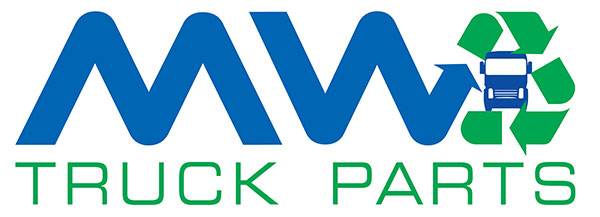
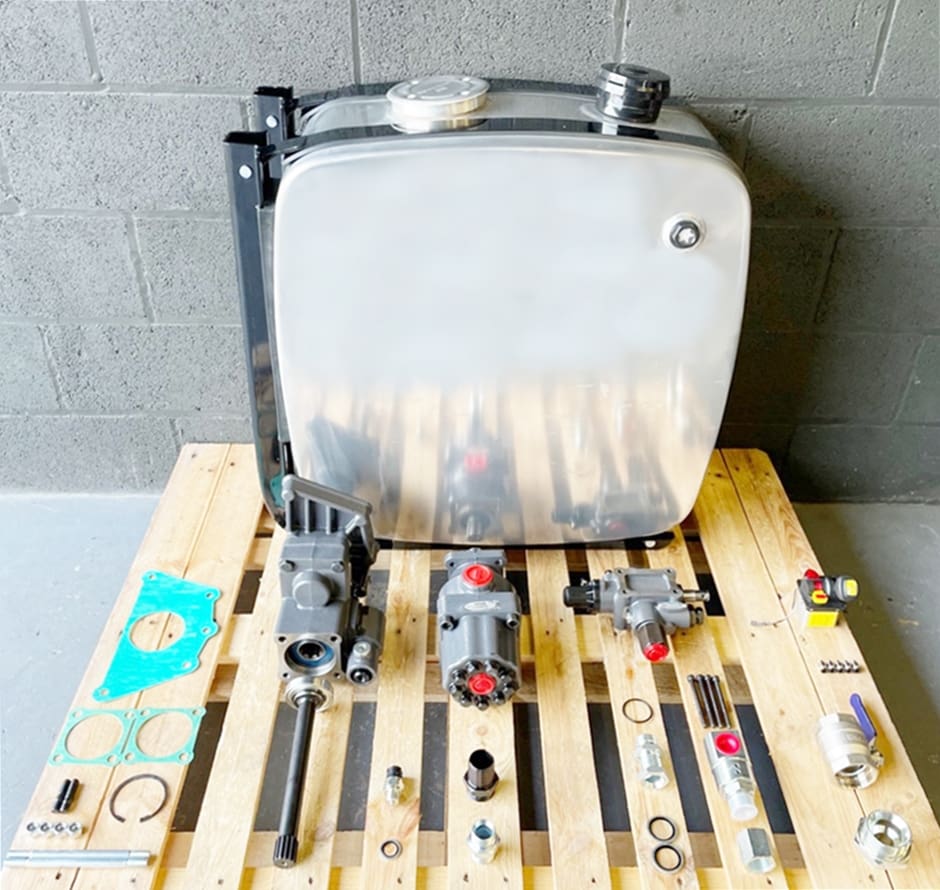
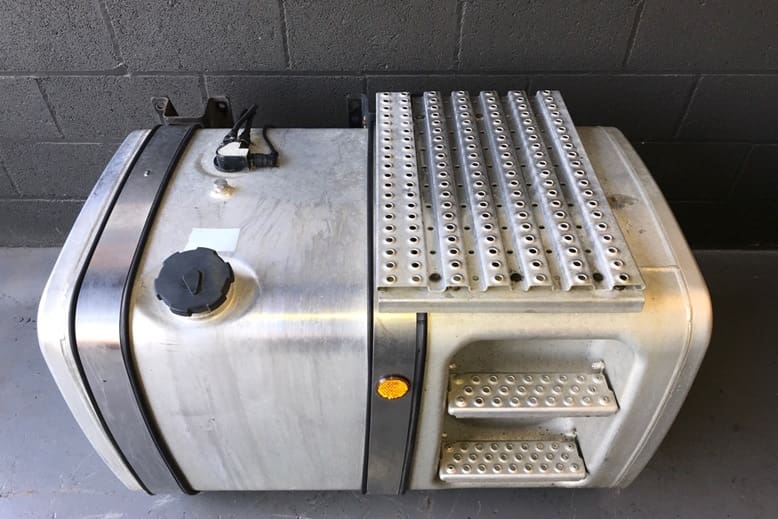

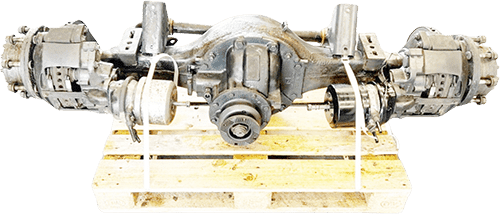

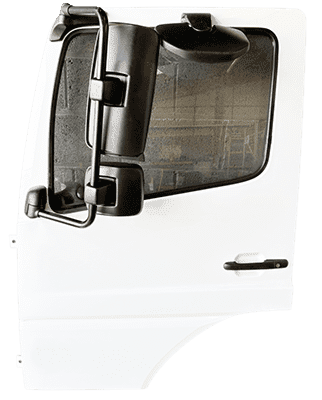
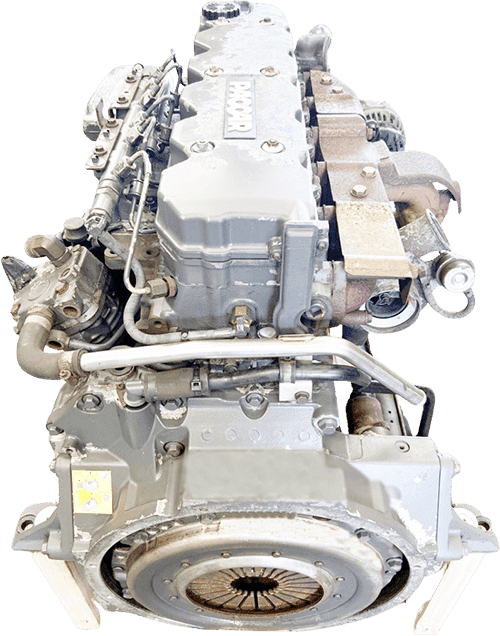

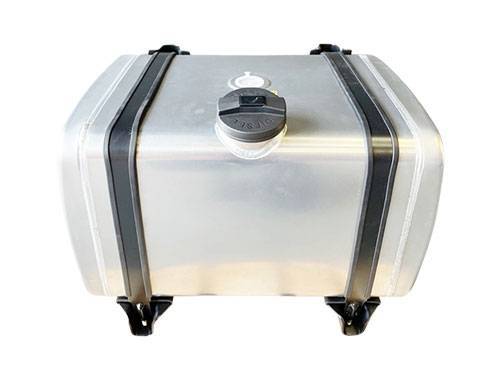
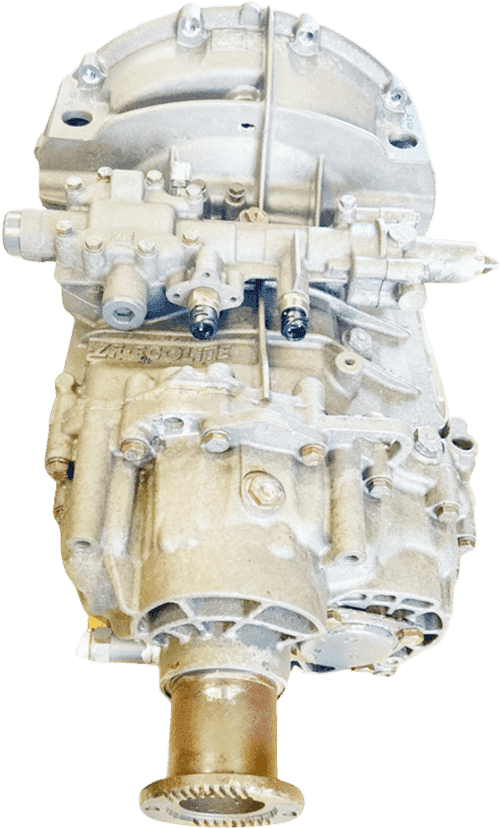

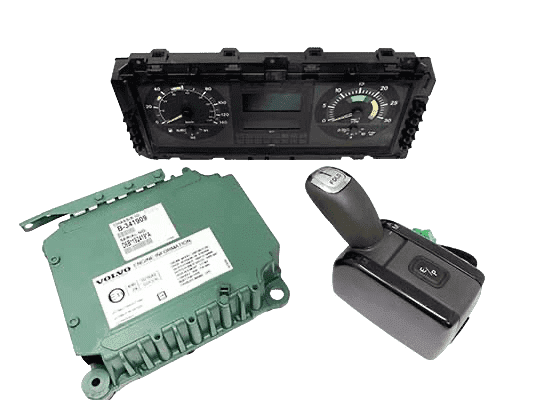
Tipping gear: powering your hydraulic operations